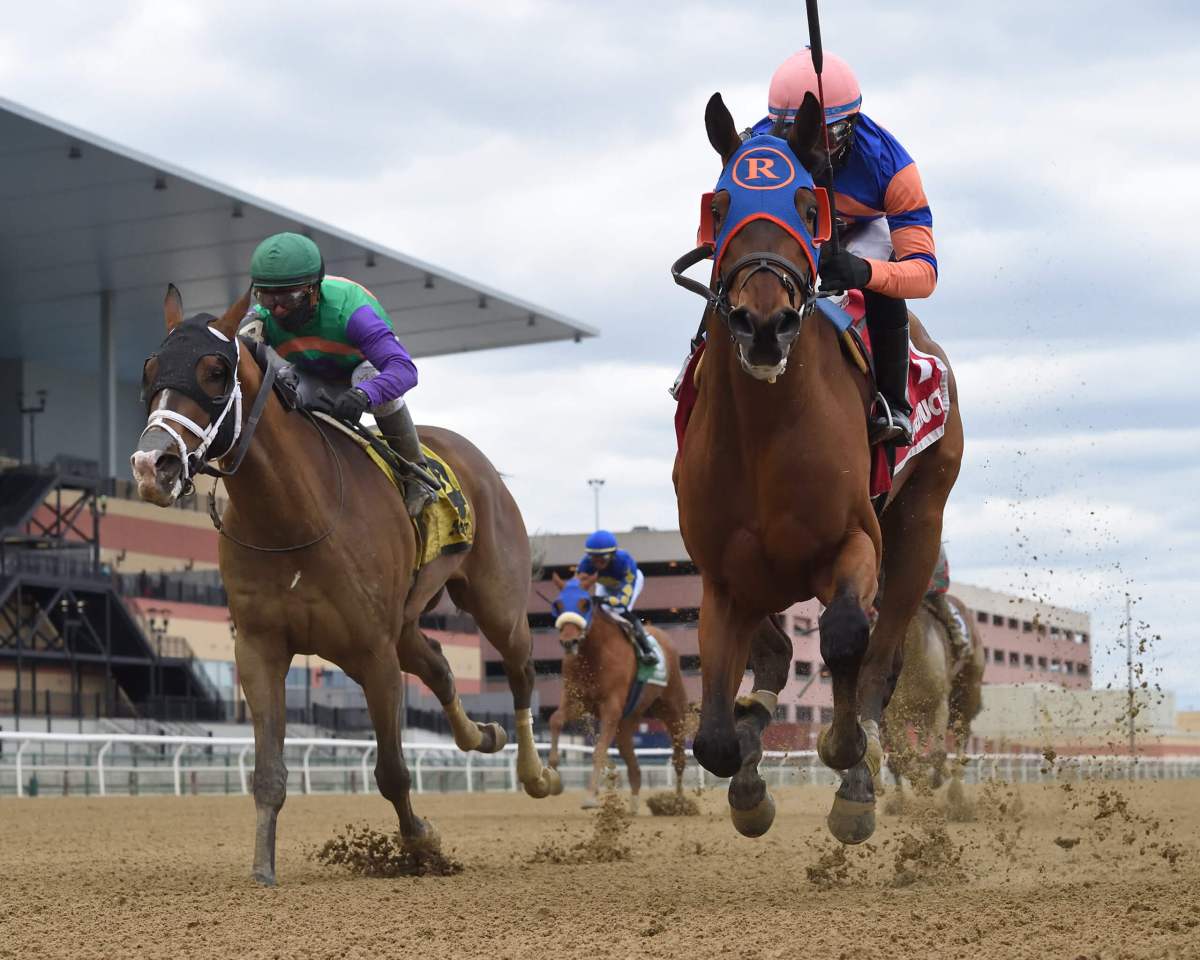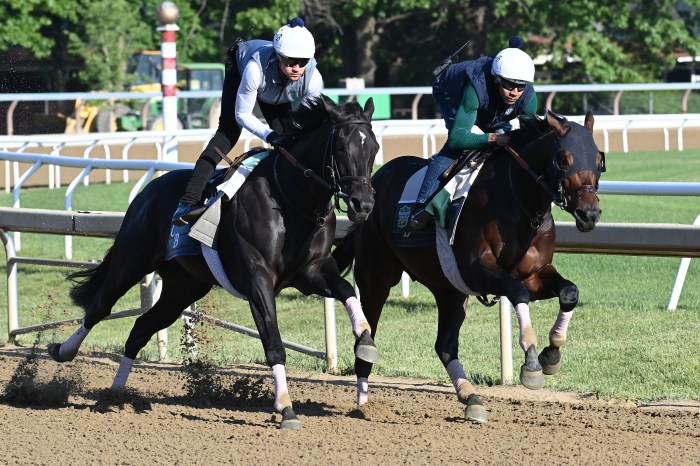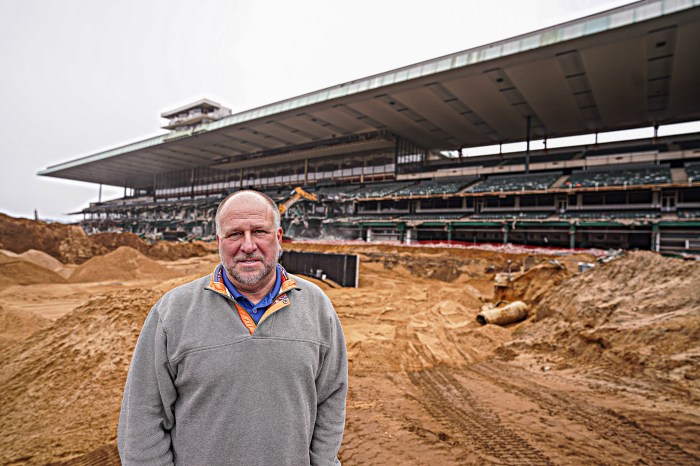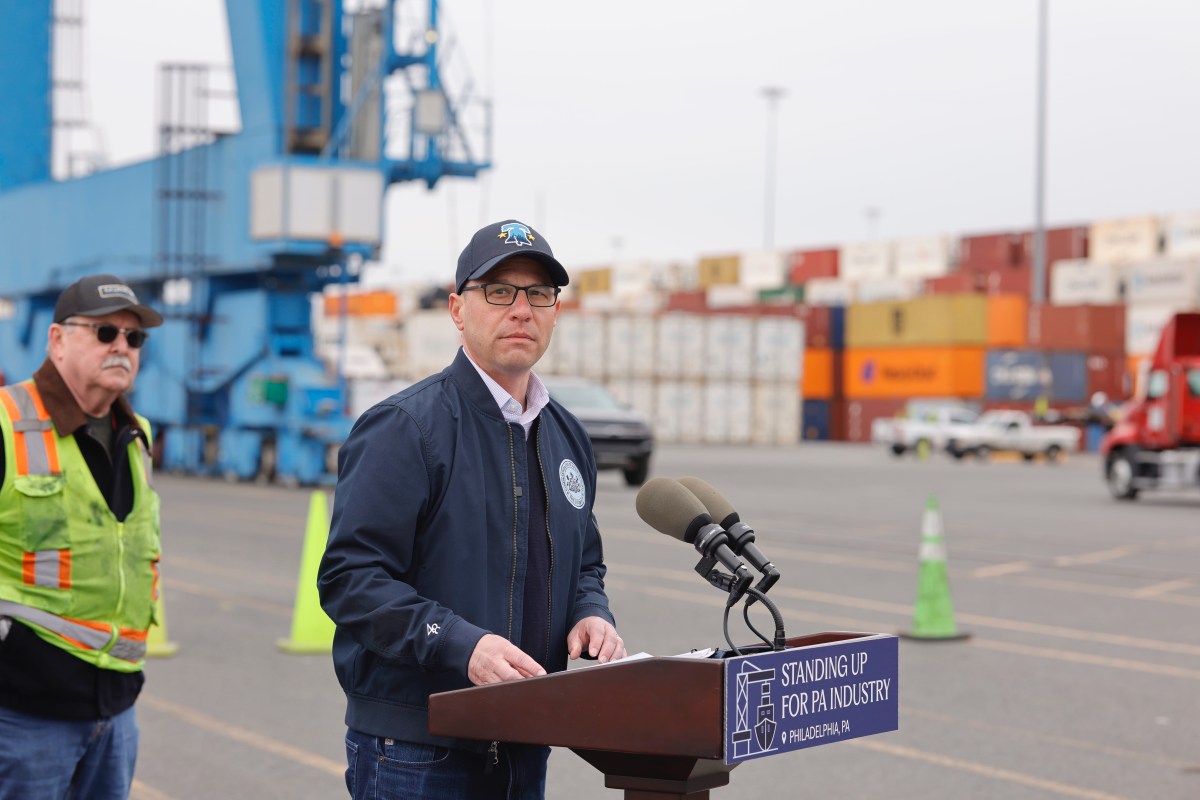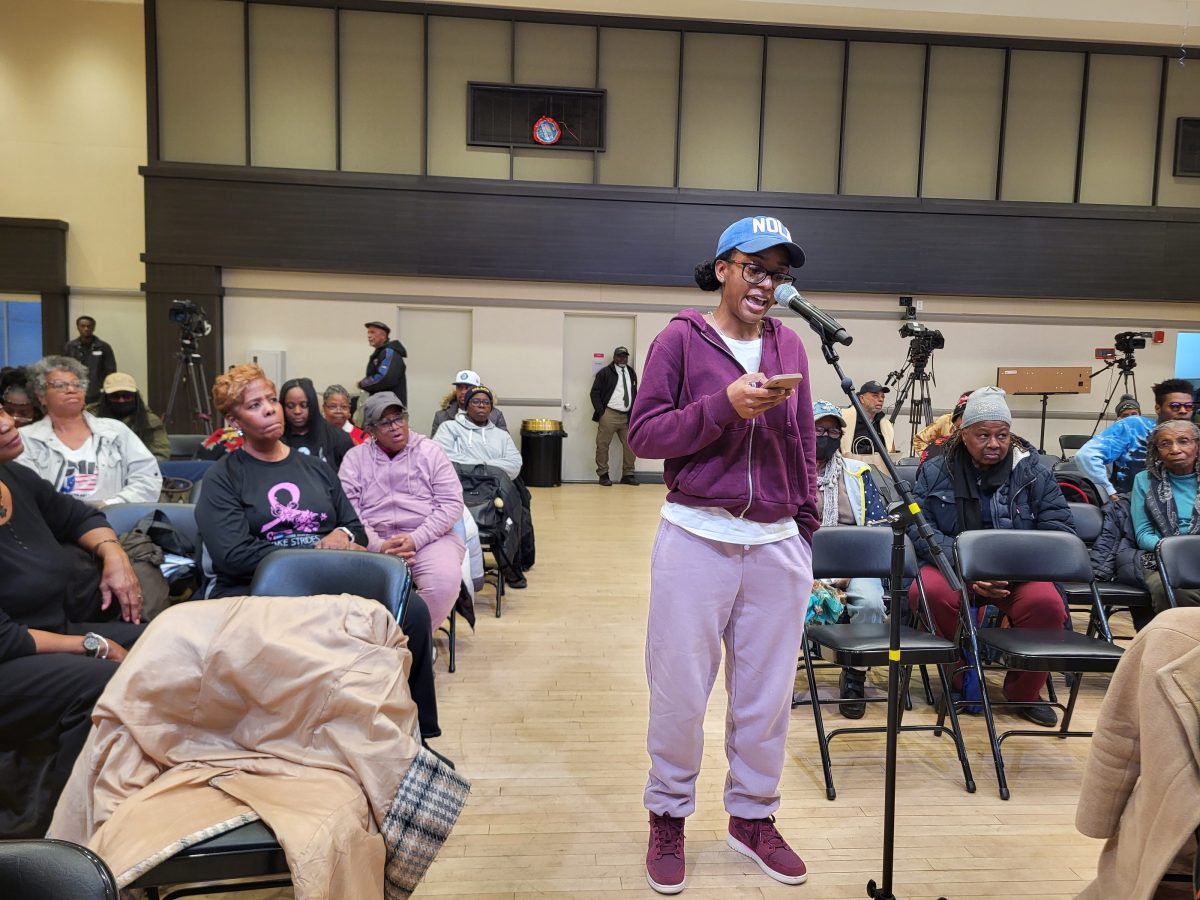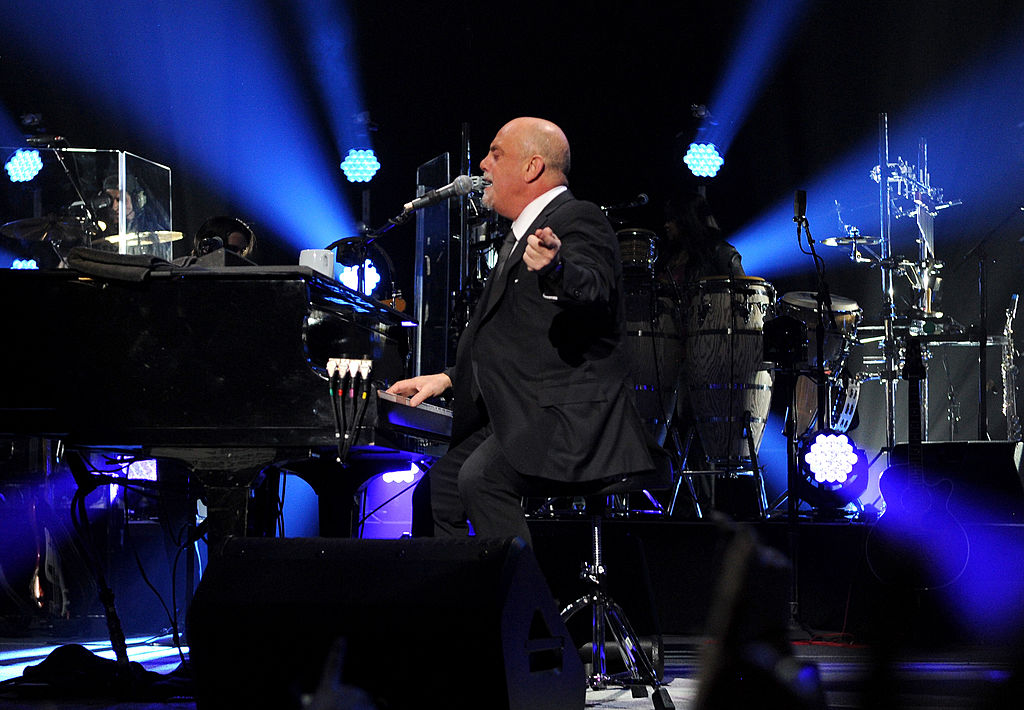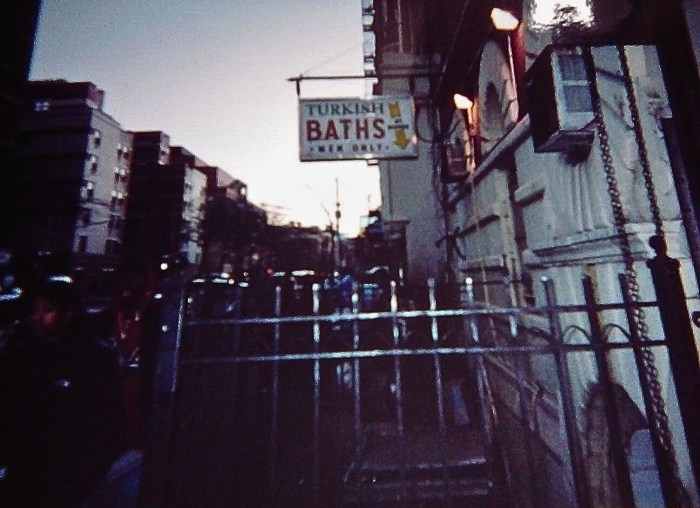Racing at Queens’ Aqueduct Racetrack may soon be in the homestretch if remarks from new New York Racing Association (NYRA) Chairperson Marc Holliday, made in a Monday interview, are any indication.
In June 20 interview with Bloodhorse, Holliday signaled that the Queens race course may eventually be shut down after the long-anticipated renovation of Belmont Park is completed. When or if that would happen is up in the air, as the state legislature denied NYRA’s effort to pass a $450 million bond act to fund the Belmont redevelopment, which would include building a “world-class” grandstand to replace the hulking, oft-empty structure that overlooks the massive 1 1/2 mile racing oval.
While disappointed that the bond effort failed in the 2022 legislative session, Holliday expressed hope that the issue might gain traction next year in Albany. But he also indicated that might include reassessing the future of Aqueduct in the process.
“But I think we have to go one step further and really emphasize what these benefits are going to be for the safety of the horses, safety for the jockeys, the fan experience, and the ability to pull in the Breeders’ Cup upon the completion of this great redevelopment,” Holliday told Bloodhorse, “and, equally important, that we free up of Aqueduct Racetrack in a way that can unlock tremendous value for the state by not having the duplicity of racing operations encumbering two state-owned tracks.”
The latter half of Holliday’s quote might give long-time New York racing fans some pause. It’s been long-speculated that NYRA and the state are considering shutting Aqueduct down and moving its six months of racing (from fall through winter and early spring) eight miles east to a renovated Belmont Park.
A statement from NYRA spokesperson Patrick McKenna to amNewYork Metro on Tuesday only seemed to reinforce Holliday’s remarks, and that Aqueduct — though it currently plays “an important role on the NYRA circuit and within the overall ecosystem of thoroughbred racing in New York state” — is living on borrowed time.
“It is no secret, however, that maintaining two racing facilities less than 10 miles apart is less than ideal for a variety of reasons,” McKenna said in the statement. “NYRA has long been interested in consolidating its downstate operations to one facility capable of hosting live racing from September through mid-July as well year-round stabling and training. NYRA envisions Belmont Park playing that role in the future. Beyond its impact on the future of thoroughbred racing in New York State, the reconstruction of Belmont would create jobs and expand economic opportunity throughout the region for decades to come.”
Aqueduct and Belmont Park are owned entirely by New York state as a result of a 2008 deal which gave the then-cash-strapped NYRA a new 25-year racing license, $105 million in aid and debt forgiveness in exchange for the racing outfit ceding all ownership claims to Aqueduct, Belmont Park and Saratoga Race Course.
In the years since, NYRA has gained strong financial footing largely through revenue generated from the operation of Resorts World Casino New York City, built within Aqueduct’s former grandstand and opened in 2011, and the launch of its own NYRA Bets wagering app.
Belmont Park, like Saratoga, has been known for its marquee horse racing events, such as the Belmont Stakes every June, which (in a pandemic-free year) has drawn upwards of 90,000 people. The track has also hosted three Breeders’ Cup World Championships, most recently in 2005 — but Holliday conceded in the interview that a new, modern grandstand is needed in order for the track to attract the Breeders Cup away from other premiere facilities such as Santa Anita Park or Del Mar Race Course in California, or Keeneland Race Course in Kentucky.
Aqueduct, meanwhile, has garnered a reputation as the home of the hardcore horse racing bettor. Attendance has dwindled there to a hearty few hundred or thousand daily in the clubhouse in the cold winter months, though wagering remains strong through mobile apps.
Aqueduct Racetrack’s footprint occupies close to 190 acres of land in the middle of South Ozone Park; the majority of the property consists of the racing surface, a 1 1/8 mile main track and chute with two turf courses and a spacious infield within. If available, the state could reap hundreds of millions of dollars from selling the property for new commercial and/or residential development.
Past governors had eyed Aqueduct as a potential location for Port Authority cargo facilities at nearby Kennedy Airport, a convention center and (more recently) a sports stadium, such as a permanent home for the nomadic MLS champion New York City FC — which has split time with games at Yankee Stadium, Citi Field and Red Bull Arena.
In recent years, two historic American racing venues have been (or may soon be) lost for such a purpose.
Hollywood Park in California, which closed in 2013, was razed to make room for SoFi Stadium, home of the NFL’s Los Angeles Rams and Chargers, and surrounding developments. Arlington Park in Illinois, which shut down last year, may soon be sold to the Chicago Bears for a new suburban stadium to replace historic Soldier Field.
Even so, if closing Aqueduct is the long-term goal, both NYRA and the state still have many hurdles to clear.
State law requires that racing continue to be conducted at Aqueduct while the casino is in operation; that would need to change in order to permit NYRA to close Aqueduct and move its racing dates to Belmont Park.
To accommodate said relocation, NYRA and the state would need to upgrade Belmont with a facility that could accommodate bettors (and horses) all year long.
Along with building an all-weather grandstand, the famous “Big Sandy” oval would also either need to be winterized, like Aqueduct’s dirt surface — or NYRA would have to develop a winter dirt or synthetic racing oval within the main track and turf courses.
Holliday also noted in the Bloodhorse interview that NYRA has plans to reutilize the sprawling Belmont infield with facilities for spectators to enjoy during big racing events such as the Belmont Stakes, as well as athletic fields for the nearby Floral Park community.
“It’s hugely important for the future of thoroughbred racing in New York state that we address this, and I think it will be transformational in terms of the kinds and amounts of people we can attract, accessing a younger base of fans,” Holliday told Bloodhorse. “To do that, we have to really reimagine the property, unlock the infield and activate it, like so many other tracks do. Not just for big race days but also as a community asset that can be used when we’re not racing for sports fields and concerts and things of that ilk, which is a win-win for NYRA, the state, and local communities.”



